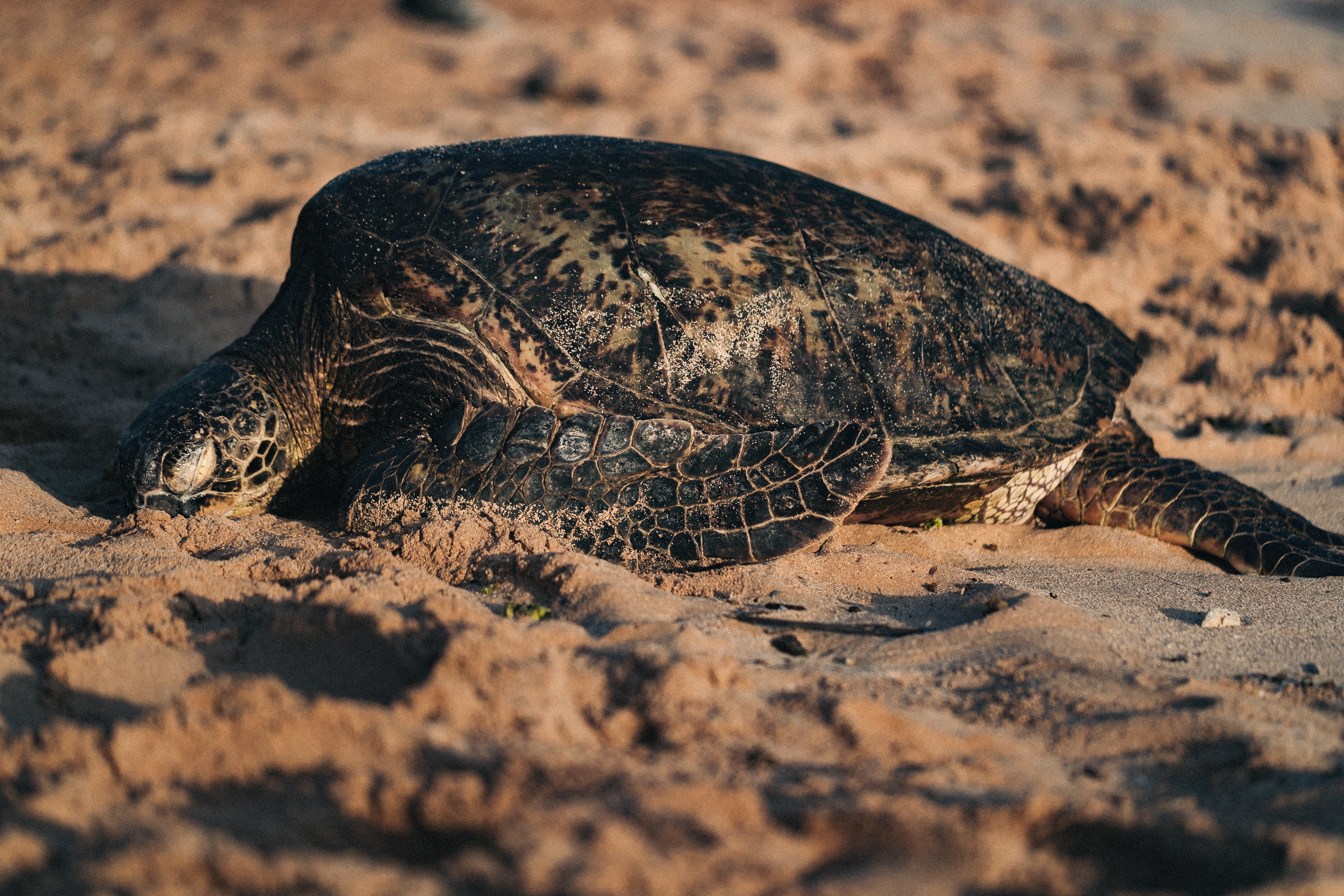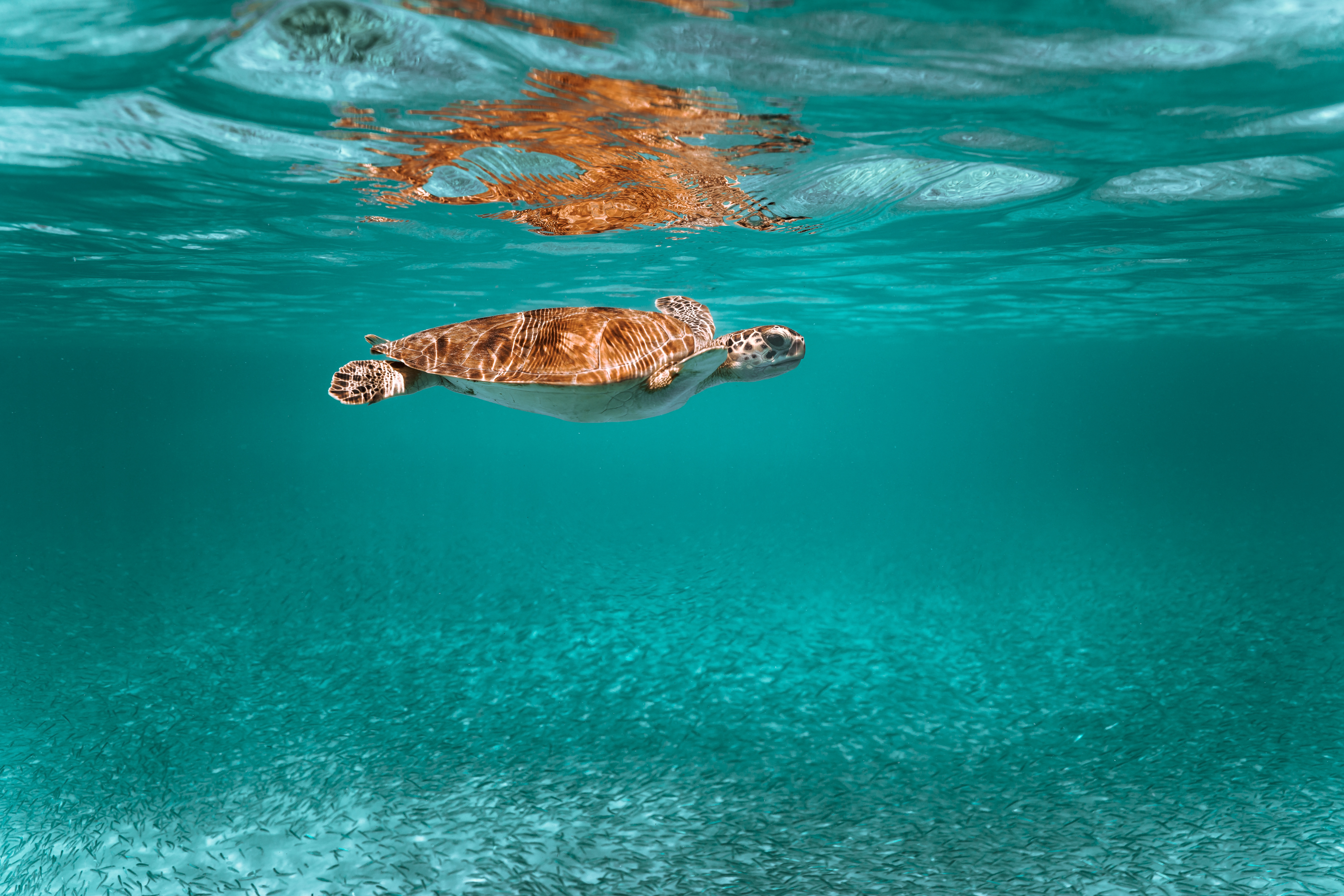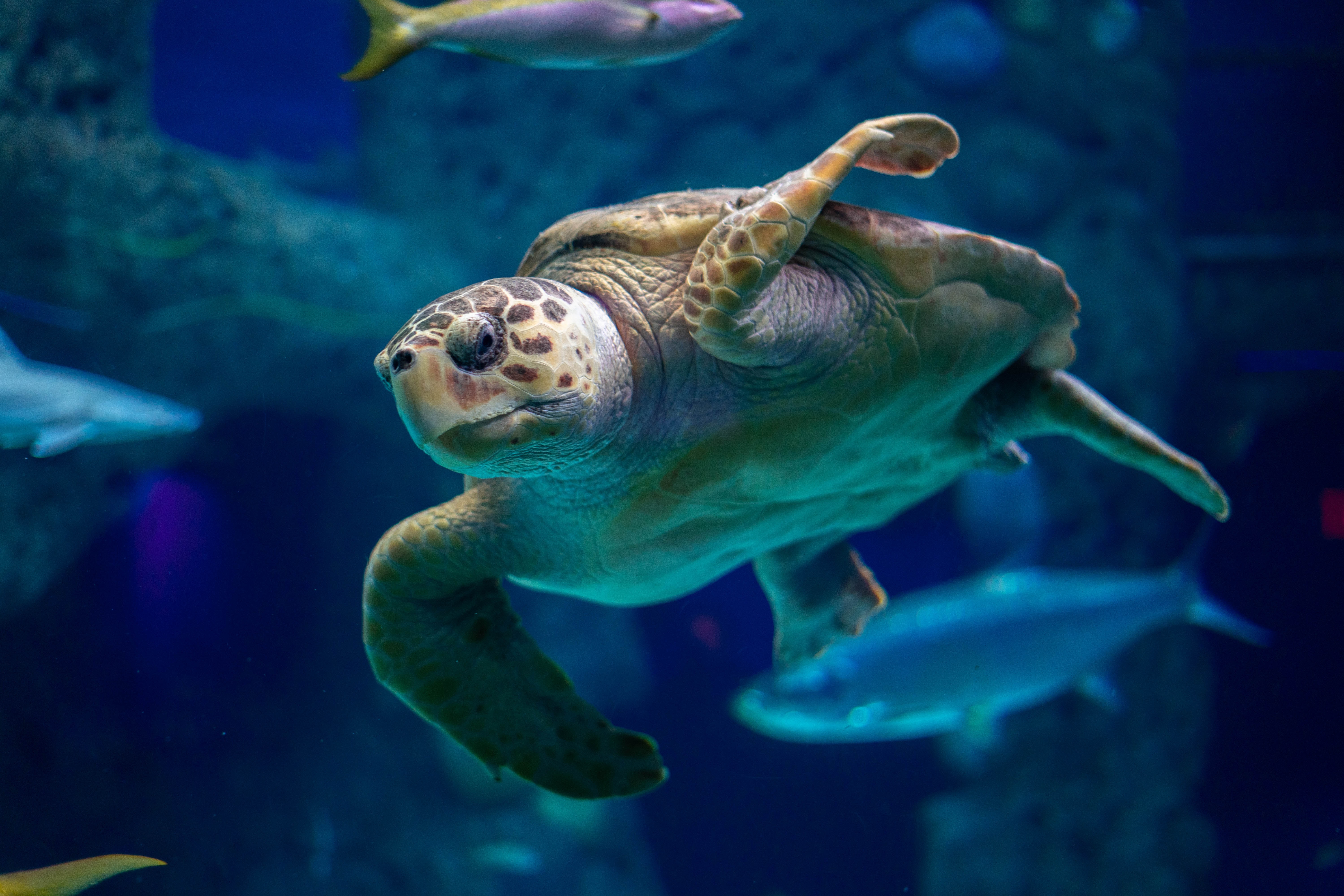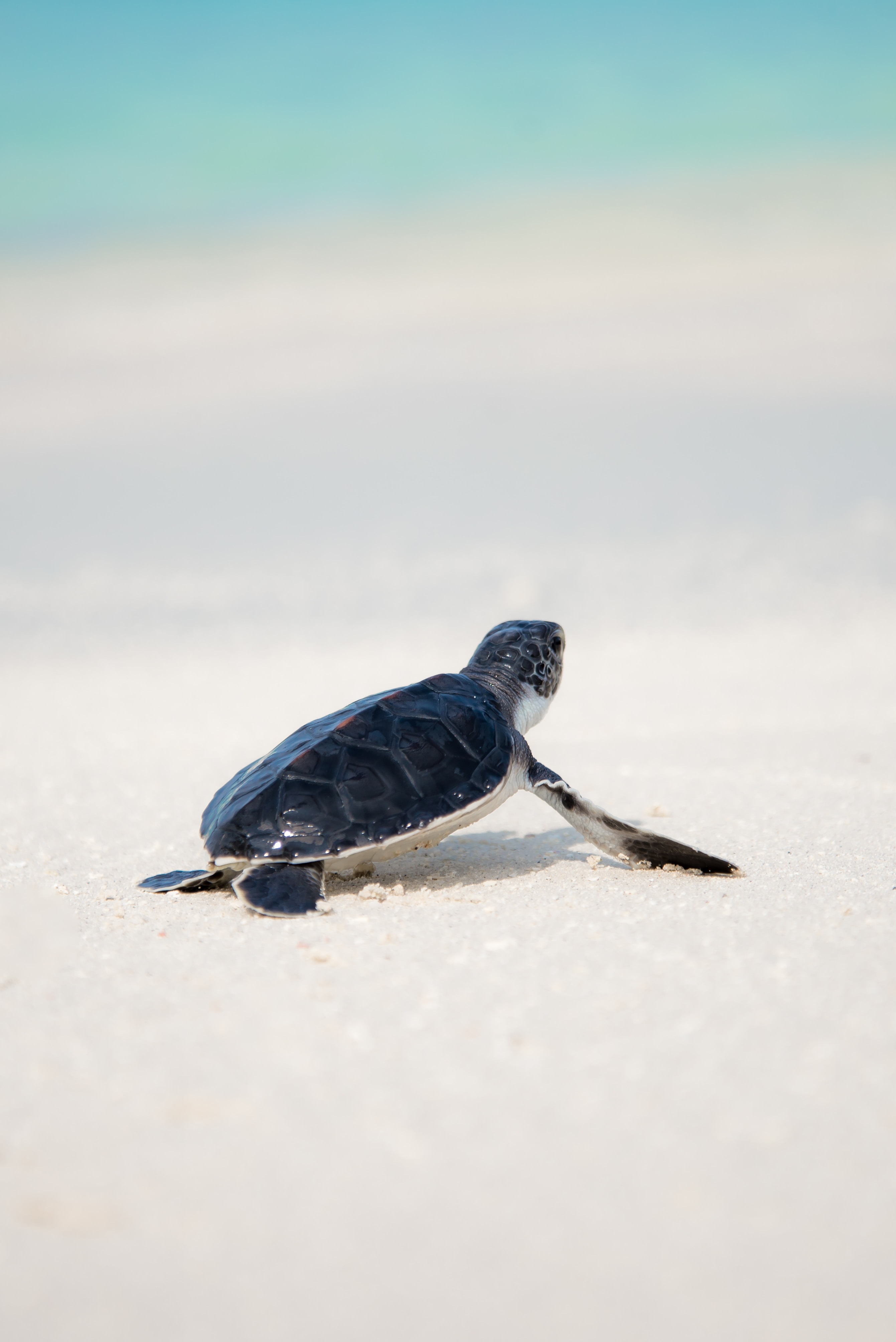1. OVERHARVESTING AND ILLEGAL TRADE
Continued unsustainable harvesting of sea turtles for human food and the trading of their components is taking place. Many people all around the world rely on turtle eggs and meat as a food supply and source of income. Some people also slaughter turtles for use in religious rituals and as medicine. This method results in the yearly loss of tens of thousands of sea turtles, decimating populations of the already endangered green and hawksbill sea turtles. Additionally, turtles are still being killed for both domestic and foreign markets. The Convention on International Trade in Endangered Species of Wild Fauna and Flora (CITES), a global accord among nations to control or prohibit international trade in threatened species, forbids the international trade in all species of sea turtles and any of their parts. Nevertheless, illegal trafficking continues.
HOW TO PREVENT IT?
- Raising awareness about illegal shell trade
- Educating tourists and suppliers
- International and regional anti-trade agreements;
- Trade controls within consumer and supplier states
- Collaboration between conservation groups and government agencies.





